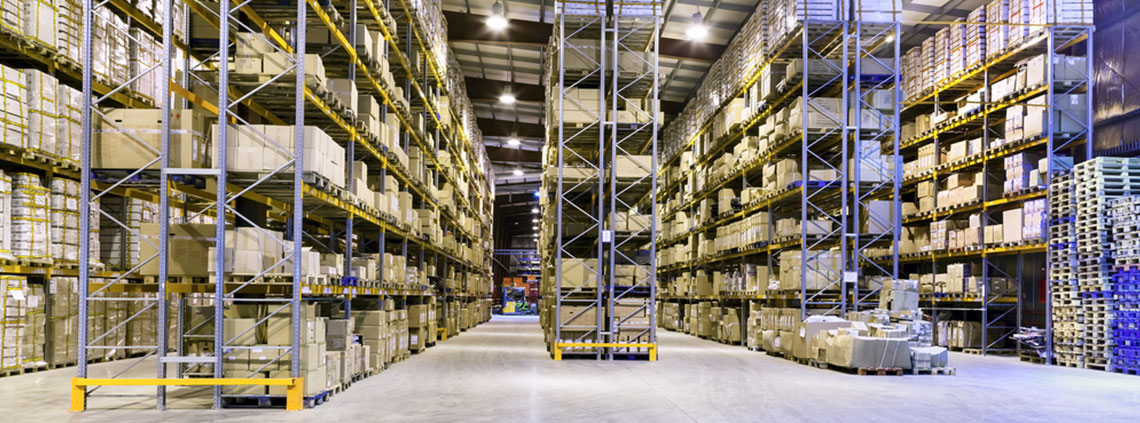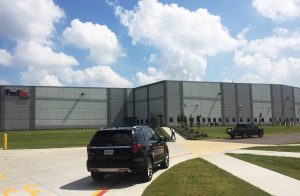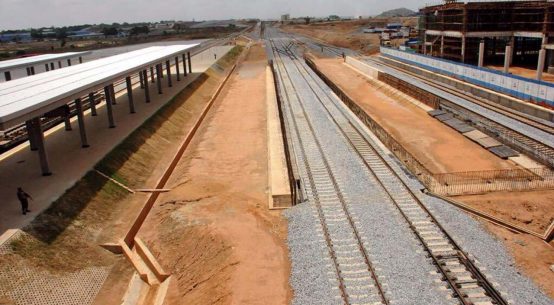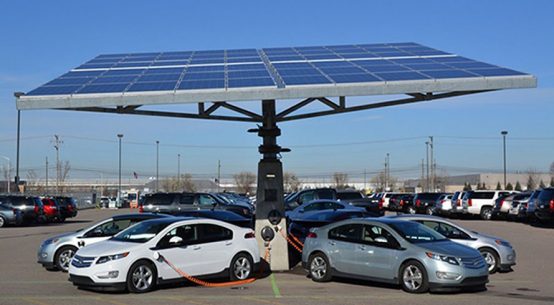
…….With wide-open spaces and central locations, dead malls are coming back to life as logistics centres for online shopping facilities

The pressure for speedy online package delivery is prompting companies to look for distribution facilities closer to residential areas or highways. Some of the best locations, it turns out, are dead malls.Warehouse landlords say they like former malls because the shopping centres occupy swaths of space relatively close to where consumers live or near main highways.
But it isn’t easy to convert a mall into logistics space quickly. Developers say it takes a community ready to accept that the mall has failed as well as understanding that there are viable job opportunities in logistics real estate. The dramatic shift in the retail industry and growth of e-commerce have led some analysts to estimate that 400 or so of the roughly 1,100 malls in the U.S. will close in the coming years.
Meanwhile, the appetite for industrial space continues unabated. Roughly 247 million square feet of industrial space is expected to be delivered this year, according to real-estate services firm JLL
In North Randall, Ohio, Amazon.com Inc. is considering the site of the former Randall Park Mall as a fulfilment centre, according to Port of Cleveland, a local government agency focused on spurring job creation and economic growth in Cuyahoga County. Amazon didn’t immediately respond to requests for comment.
In Mesquite, Texas, FedEx Corp will next month open a 340,000 square-foot distribution facility on what once was the site of the former Big Town Mall. Located along U.S. Highway 80 in Texas, the mall declined after newer malls were built nearby. It was demolished in 2006 and the land was later rezoned for industrial use. “Land uses do change,” said Michael Landy, president and chief executive officer of Monmouth Real Estate Investment Corp. which owns and leases the distribution facility to FedEx.
“Land uses do change,” said Michael Landy, president and chief executive officer of Monmouth Real Estate Investment Corp. which owns and leases the distribution facility to FedEx. After a review of developed and undeveloped properties in the Dallas and Fort Worth area, the site was chosen because of its ease of access to major highways, proximity to customers’ distribution centres and a strong local community workforce for recruiting employees,” said David Westrick, a FedEx spokesman.
Property developers increasingly are looking to accommodate delivery giants and retailers, either refurbishing former department stores or doing ground-up, build-to-suit construction. Local business communities are also hopeful that distribution centres will drive commerce and employment growth. Amazon, for instance, said earlier this year it plans to hire 100,000 full-time and 30,000 part-time workers in the U.S. by mid-2018.
“What’s most meaningful to us is that it can bring new life to an unproductive piece of land,” said Jade Davis, vice president of external affairs at Port of Cleveland. For a short time when it opened in 1976, Randall Park Mall was the largest shopping centre in the world and had been “a thriving heartbeat” for the local economy, according to Mr. Davis. But the mall closed in 2009 as stores struggled with fewer shoppers.
Amazon’s possible entry there could eventually create 1,200 jobs, said Mr. Davis, noting that the large size of the site and its proximity to a deep-water port, airports and interstate highways are conducive for a distribution facility.
Taking note of changing consumer behaviour, many retailers are looking to adjust the number and size of stores they operate and are closing stores to allocate some resources to online capabilities.
“In the old days of shopping, you drive into New York City to look for an item and it was a whole-day endeavour. Now you can search on your smartphone and have it delivered,” Mr. Landy said.
In Union City, Ga., property developer Rooker purchased a 90-acre site in 2014 that formerly housed Shannon Mall. It built a 987,840 square-foot distribution facility called Union Station Business Center and a television studio facility on the site after demolishing the 765,000 square-foot malls. Shannon Mall opened in 1980 and had stores such as Sears, Mervyn’s and Toys ’R Us, but closed in 2011 after the final tenant left.
John Rooker, chief executive at the development firm, said the site’s proximity to the Hartsfield-Jackson Atlanta International Airport and the interstate highway made it attractive for industrial development.
The facility was built on a speculative basis, but potential tenants started knocking on Rooker’s door just months after the developer started ground-up construction. “I’m pretty sure we haven’t even poured the floor yet when they came along” said Mr. Rooker, referring to the DHL Supply Chain that now occupies the distribution facility. Rooker sold the building to a real-estate fund last year.
Good malls with attractive tenant mixes in locations with strong demographics are likely to remain, but some struggling open-air centres and malls are sitting on sites that could become coveted logistics land. Right now, many property sellers are still holding out for a higher price for some sites, but buyers aren’t biting.
“I think it would take a couple of years for those expectations and realities to match up, but I bet you before too long you will see some two-anchor, Class B malls converted into logistic buildings, that is not too far-fetched at all. And we’re definitely looking at some of them,” Hamid Moghadam, chairman and chief executive at Prologis, said recently, referring to smaller, second-tier malls.
Culled from Wsj.com








